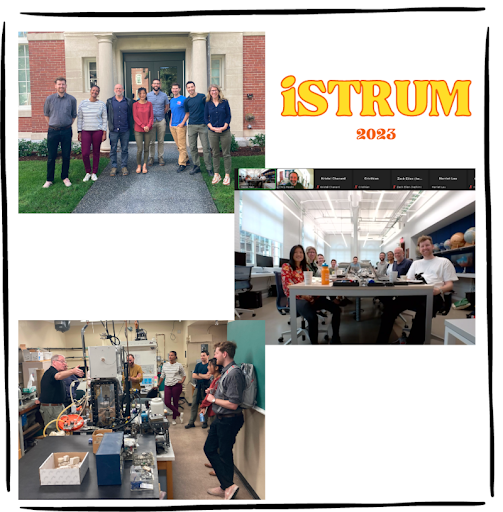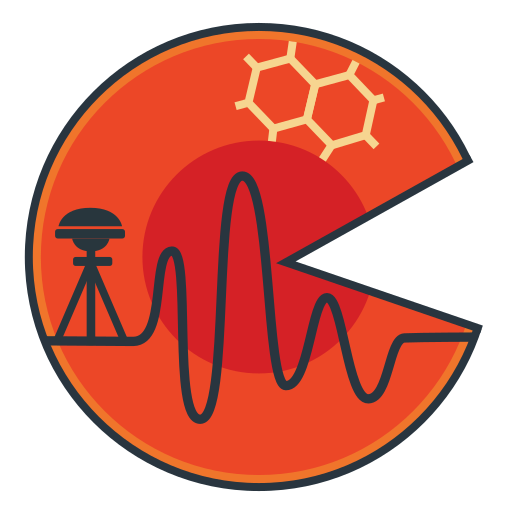iSTRUM Meeting Recap#
In early September, the iSTRUM team convened its first in-person team meeting to cap off a year full of discussion and collaboration on linking observational geophysics, laboratory experiments and forward modeling to better constrain the role of transient rheology in the deformation of the upper mantle. Over two days at Brown University in Providence RI, team members and a number of invited guests presented their efforts to constrain, observe and model the full spectrum rheology of the upper mantle.

Day 1 of the meeting included a number of presentations from team members including updates on new deformation experiments on both olivine (Lars Hansen and Diede Hein, U. Minnesota) and ice (Ben Holtzman and Hatsuki Yamauchi, Lamont-Doherty Earth Observatory) as well as approaches to modeling that incorporate more complex constitutive relationships (Harriet Lau, Brown U.). On the observational side, Kristel Chanard (IPGP) presented results from initial efforts to decompose geodetic observations in the western US to identify a signal from transient deformation. Zach Eilon and Cristhian Salas Pazmiño (UC Santa Barbara) presented differential body wave attenuation results from both Alaska and the Western US, and Josh Russell (Syracuse U.) presented his results on the seismic attenuation of the Pacific upper mantle, on which Colleen Dalton (Brown U.) is a collaborator.
The second day of the meeting focused on discussion and planning for the main goal of the iSTRUM project in which laboratory, observational and modeling efforts are integrated within a single modeling framework and applied to the selected sites (Western US, Alaska, Iceland). Some of the action items for the upcoming year include developing constitutive equations based on experimental data that can be used within the Very Broadband Rheology Calculator (VBRc); developing strategies for including a more complex nonlinear transient rheology in forward models of GIA and other surface loading problems; modeling glacial isostatic adjustment using the open source geodynamic finite element model ASPECT; and reconciling body wave and surface wave measurements of attenuation in the western US and Alaska. All of these efforts will feed into the main short-term goal of linking seismic, geodetic, lake rebound and GIA data from the western US within an initial pilot study that relies on the updated VBRc to constrain both the thermodynamic state of the upper mantle and the contribution of transient deformation to those observations. The methodology developed in the pilot study will then be applied across the chosen study regions.
If you’re interested in learning more, come find us at AGU!
